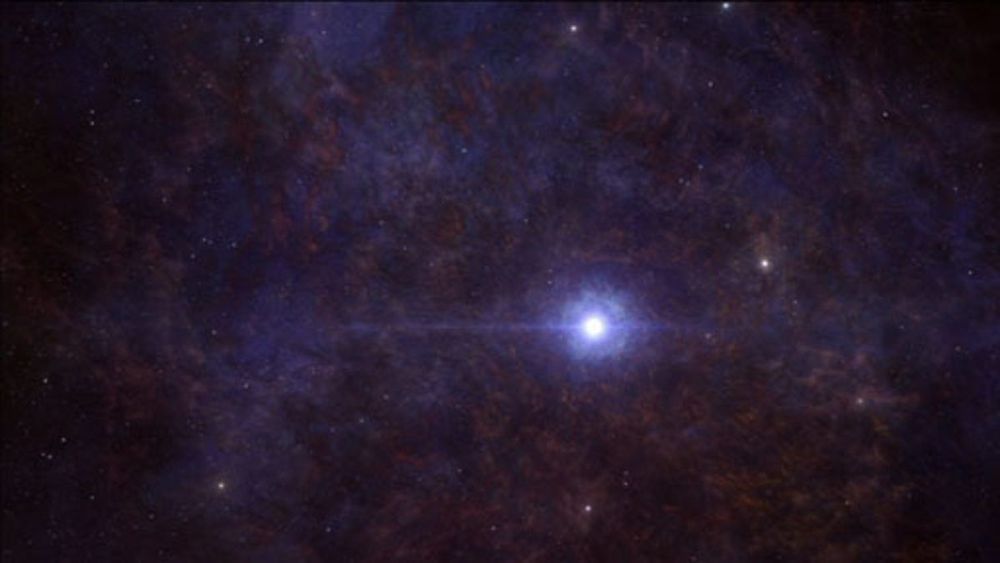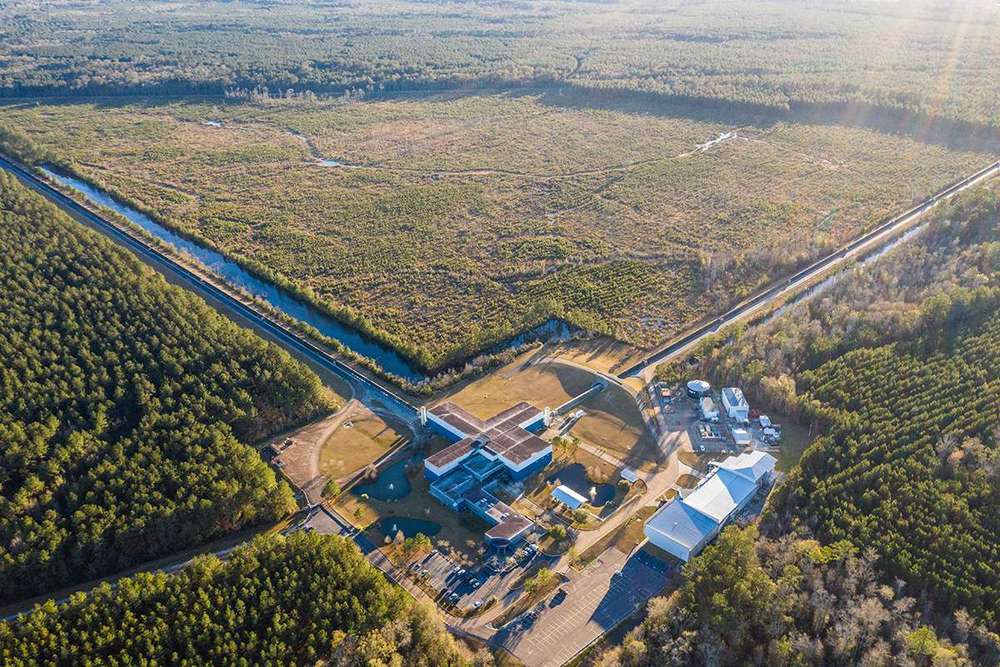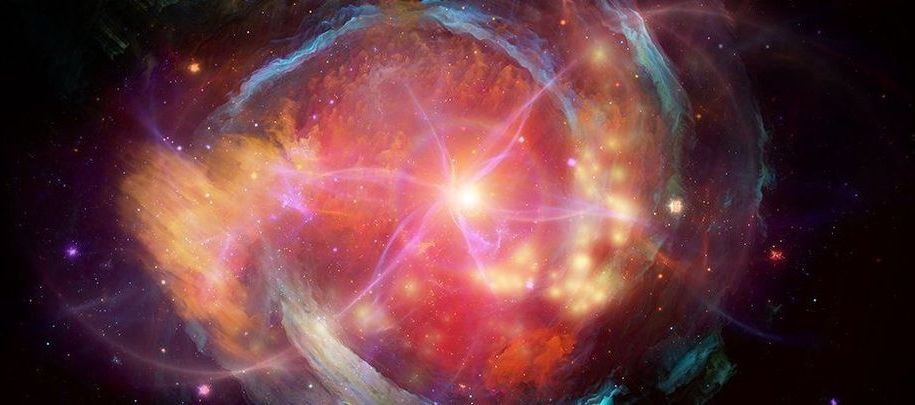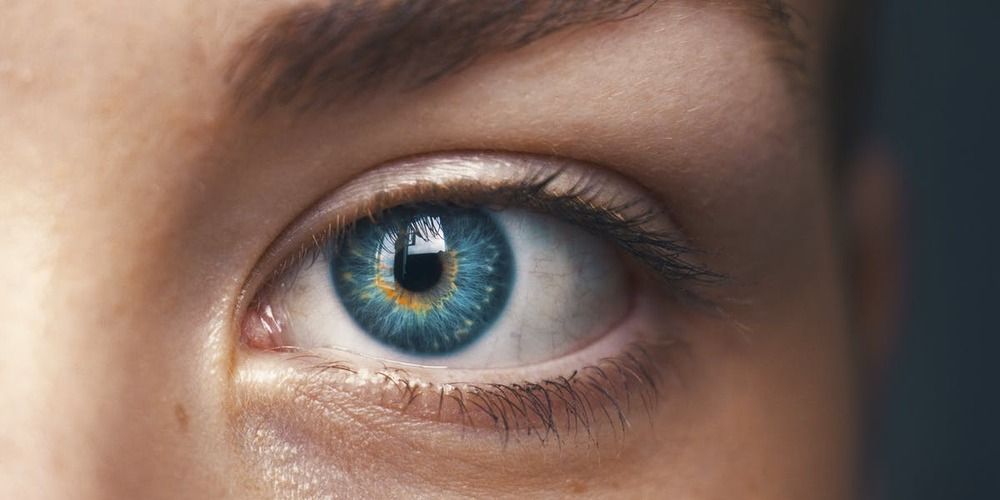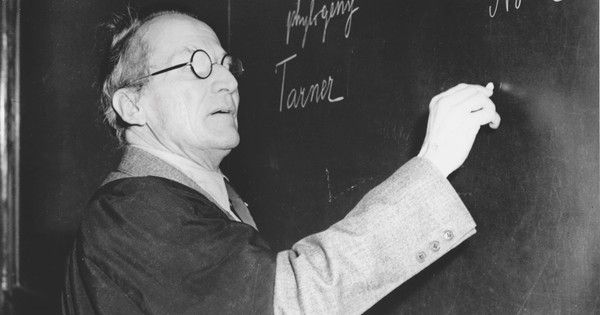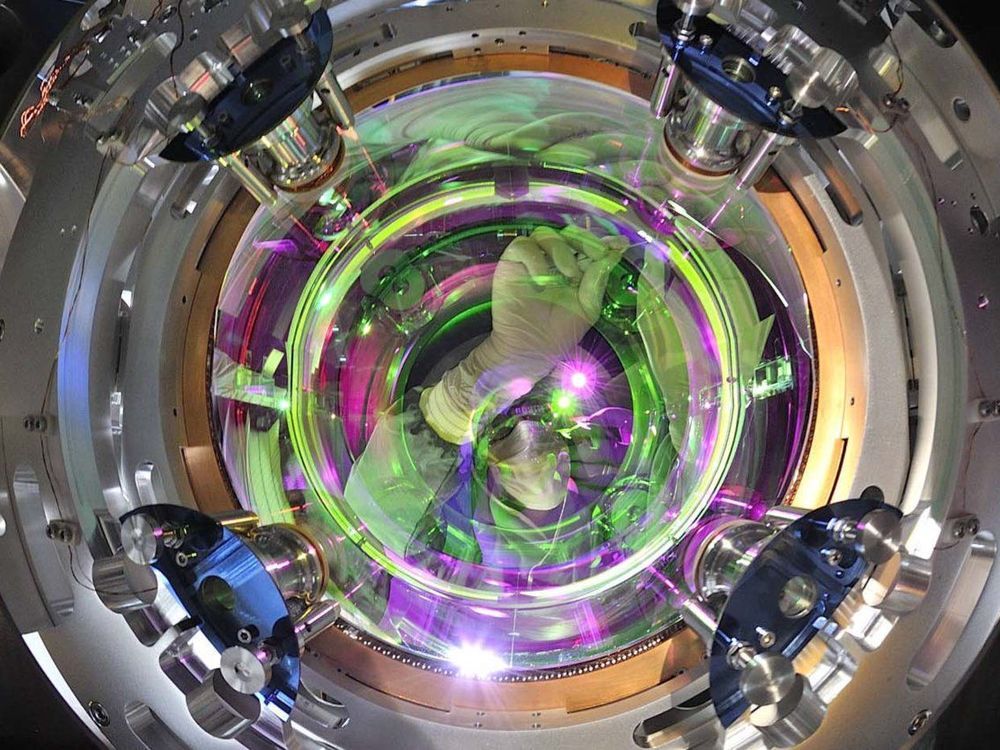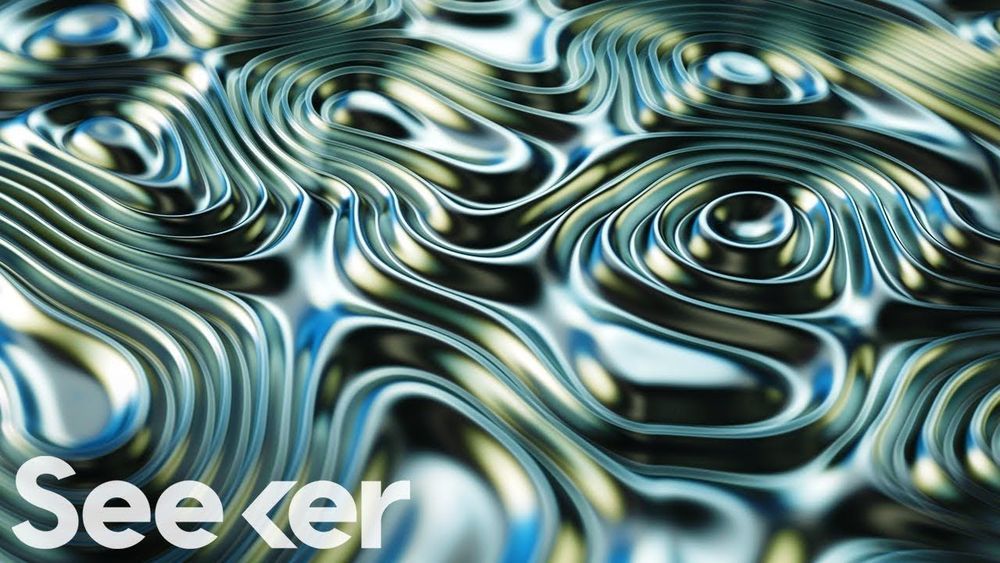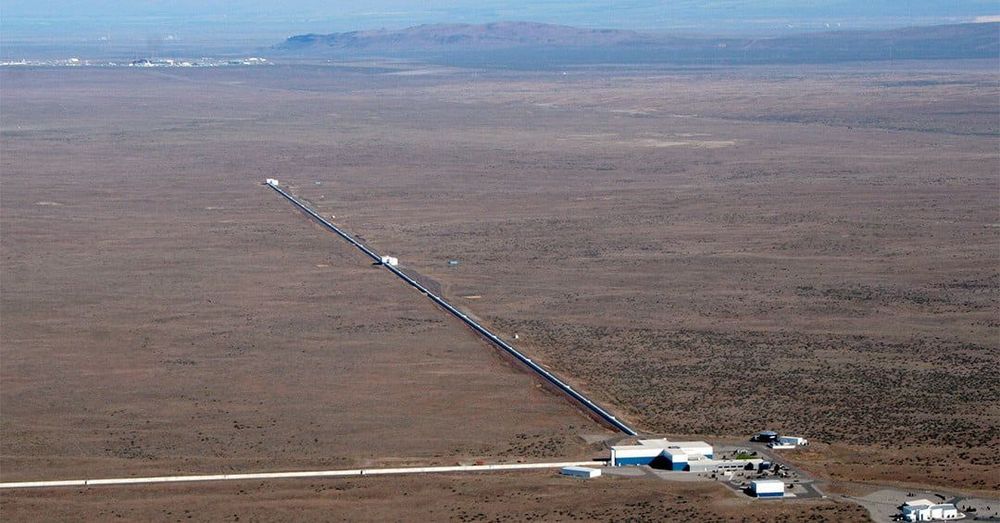
The hunt for gravitational waves is back on. After a series of upgrades, the National Science Foundation’s Laser Interferometer Gravitational-Wave Observatory (LIGO) will resume its search for ripples in space and time on Monday, April 1.
LIGO is famous for making the first direct detection of gravitational waves in 2015, for which the observatory’s founders were awarded the Nobel Prize. The observatory was able to detect gravity waves generated by two colliding black holes which were located 1.3 billion light-years away from Earth, and since then has observed nine more black hole mergers and one collision of two neutron stars.
Gravitational waves are ripples in the fabric of spacetime, caused by massive bodies which bend it like a bowling ball placed on a rubber sheet. They were predicted by Einstein as part of his general theory of relativity in 1916, but it took nearly a century for physicists to observe them because the effects are so small. Since these waves have been detected, they can be used to investigate cosmic objects as an alternative to light-based telescopes.
Continue reading “LIGO to Resume Its Nobel-winning Hunt for Gravitational Waves” »
